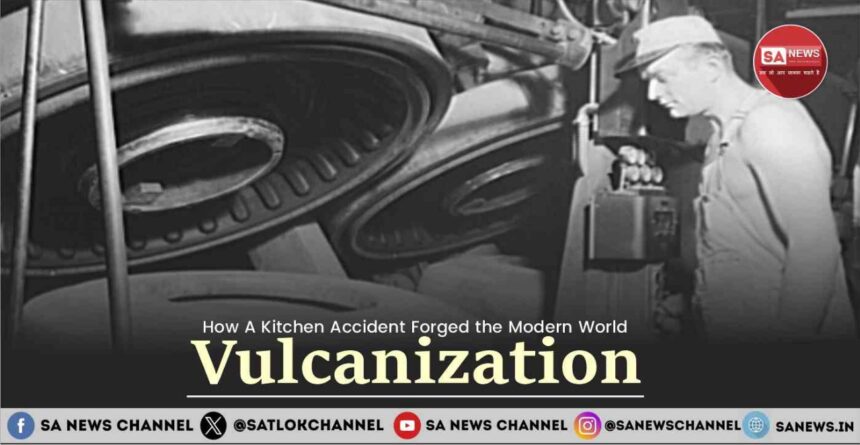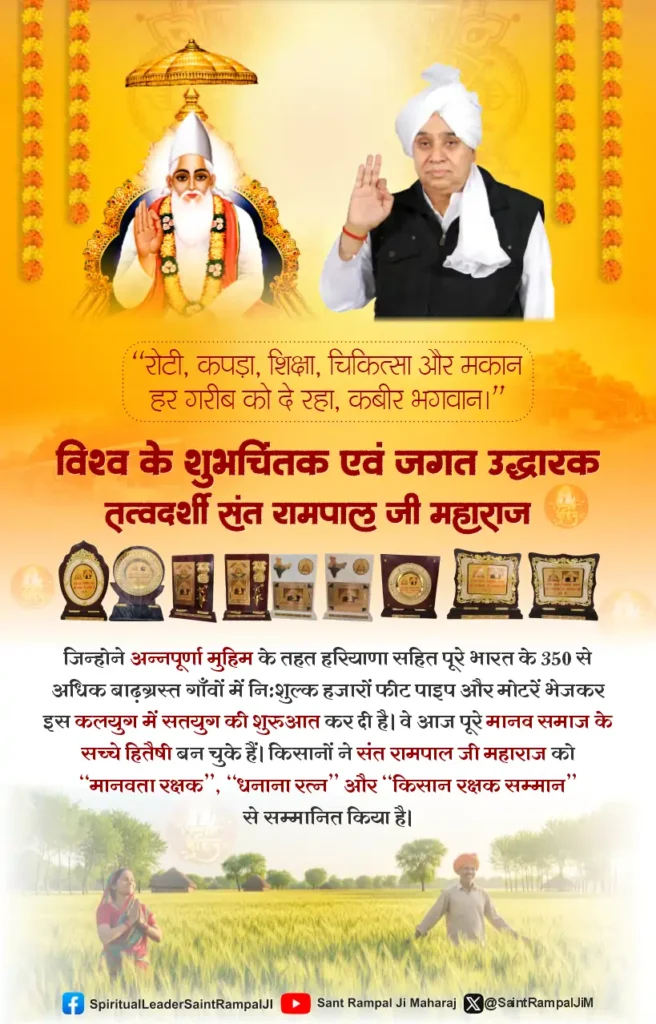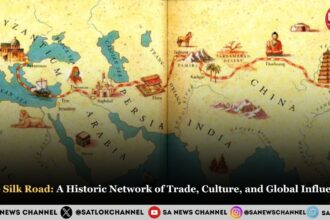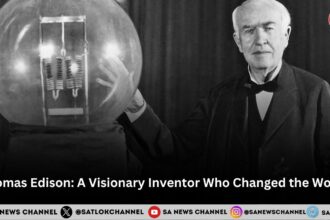Of all the inventions we interact with daily, few are as fundamental yet overlooked as the tires on our vehicles. They are marvels of engineering, designed to grip the road in torrential rain, withstand blistering heat, and endure thousands of miles of punishing friction. This incredible durability, however, isn’t an inherent quality of rubber. It’s the result of a 19th-century kitchen accident that transformed a sticky, unreliable substance into one of the most crucial materials of the modern age. This is the story of vulcanized rubber and the stubborn inventor who stumbled upon its secret.
The Sticky Problem of Raw Rubber
Before the 1830s, rubber was a material of immense promise but profound frustration. Harvested as a milky latex from the Hevea brasiliensis tree, natural rubber is a polymer, a long chain-like molecule made of repeating units of a monomer called isoprene (C5H8). Think of these polymer chains as strands of cooked noodles in a bowl. While each individual strand is strong, they aren’t connected to each other. They can easily slide past one another.
This molecular structure gave raw rubber some of its famous elasticity, but it also came with crippling drawbacks. When a force is applied like stretching the chains slide and rearrange themselves. This is called plastic deformation, and it’s permanent. You’ve seen this happen when a cheap plastic bag stretches out under a heavy load and doesn’t spring back.
For early entrepreneurs and inventors, this meant that rubber goods were maddeningly unreliable. In the heat of summer, a pair of rubber shoes would melt into a sticky, foul-smelling goo. In the cold of winter, that same pair would become hard and brittle, cracking with the slightest flex. It was a material at the mercy of the thermometer, rendering it little more than a novelty. The world needed a way to tame rubber, to lock its floppy chains in place and grant it strength and stability. The man to do it wasn’t a renowned scientist in a pristine lab, but a self-taught, debt-ridden inventor from Connecticut: Charles Goodyear.
A Fortunate Accident on a Hot Stove
Charles Goodyear was a man possessed. Convinced of rubber’s untapped potential, he dedicated his life, and what little fortune he had, to solving its temperature problem. From the early 1830s, he lived in a state of obsessive experimentation, mixing raw rubber with anything he could get his hands on salt, pepper, ink, magnesium oxide hoping to find the magic ingredient. His efforts often left him and his family destitute, and his workshops reeked of chemicals, but he refused to give up.
The breakthrough, as is so often the case in science, came not from a meticulous plan but from a clumsy accident. The year was 1839. While demonstrating his latest concoction at a general store, Goodyear, in a moment of animated gesturing, accidentally dropped a lump of his rubber mixed with sulfur onto a blazing hot pot-bellied stove.
Normally, this would have resulted in a melted, sticky mess. But this time, something different happened. Instead of turning to goo, the rubber sizzled and charred, hardening into a tough, leathery substance. It was no longer sticky. Intrigued, Goodyear began to experiment. He found that when he heated the rubber-sulfur mixture to a precise temperature for a specific time, it transformed completely. It remained flexible and strong whether it was hot or cold. He had discovered the key. He named the process vulcanization, after Vulcan, the Roman god of fire and forge.
So, what was happening at a molecular level? The heat was causing the sulfur atoms to act as tiny bridges, forming strong covalent bonds between the individual isoprene polymer chains. This process, known as cross-linking, fundamentally changed the material’s structure. Returning to our spaghetti analogy, vulcanization is like adding a binding ingredient that fuses the strands together at multiple points. Now, when you pull on them, they stretch but are pulled back into place by the cross-links. They can no longer slide past each other permanently. This gave the rubber its strength, resilience, and thermal stability.
The Unpaved Road to Success
Discovering vulcanization was one thing; profiting from it was another. Goodyear’s journey was far from over. He spent years perfecting the process, meticulously documenting the ideal ratios of sulfur, temperatures, and heating times needed to produce consistent results.
Tragically, Goodyear never reaped the financial rewards his world-changing invention deserved. A British inventor, Thomas Hancock, managed to acquire a sample of Goodyear’s vulcanized rubber and, after figuring out the process, patented it in the UK before Goodyear could. This led to years of costly and ultimately unsuccessful legal battles in Europe.
Also Read: Biography of Michelangelo: Life, Legacy and Artworks
Worn down by years of exposure to hazardous chemicals and the stress of constant financial ruin, Charles Goodyear died in 1860, over $200,000 in debt (a fortune at the time). He received widespread scientific acclaim but little commercial success in his lifetime. The iconic Goodyear Tire & Rubber Company, the multi-billion-dollar corporation that bears his name, would not be founded until 38 years after his death, a testament to his enduring legacy.
From Raw Recipe to High-Tech Formula
Goodyear’s basic formula of rubber, sulfur, and heat was revolutionary, but it was also inefficient. The 19th-century process could take up to six hours at 140°C, a slow and energy-intensive method that could also degrade the rubber.
The 20th century brought crucial refinements. Chemists discovered substances called accelerators, which dramatically speed up the vulcanization process. These compounds make the sulfur cross-linking more efficient, reducing the time and temperature required. Where Goodyear’s method used 40 to 50 sulfur atoms for every one successful cross-link, modern accelerators cut that waste dramatically, leading to a stronger, more stable final product.
Furthermore, engineers learned that cross-linking isn’t an “on/off” switch. By precisely controlling the number of cross-links, a property known as cross-link density, they could tailor the rubber’s properties for specific applications. The hard, durable rubber needed for a tire’s tread has a very different cross-link density than the flexible rubber used for its sidewall. This molecular-level control is the secret behind the specialized performance of modern rubber products.
The Birth of a Modern Tire
That finely tuned chemistry is at the heart of today’s tire manufacturing, a symphony of robotics, chemistry, and heavy machinery.
Design & Mixing
It begins not in a factory, but on a computer. Engineers use sophisticated software to simulate tread designs and performance characteristics. Once a design is approved, the physical process starts in a giant machine called a Banbury mixer. Here, huge batches of natural and synthetic rubbers, carbon black (for color and durability), chemical additives, and accelerators are kneaded together into a hot, gummy dough.
Building the Layers
A tire is not a single piece of rubber but a composite of 10-15 different components. The process begins on a rotating drum. First, an airtight inner liner is applied. This is followed by layers of rubberized fabric, or plies, which give the tire its structure and strength. Steel beads are added to the edges to ensure a tight seal against the wheel rim. Then, the protective sidewalls are folded into place.
The Outer Shell
Separately, the tire’s outer assembly is created. This consists of strong steel belts (for puncture resistance and stability) and, finally, the thick, un-patterned tread. This entire outer shell is then transferred and joined to the inner skeleton. Compressed air inflates the structure, pressing all the sticky layers together to form what is known as a “green tire” an uncured, patternless slick.
Curing and Vulcanization
The final transformation happens inside a curing press, a monstrous metal clamshell. The green tire is placed inside a mold engraved with the final tread pattern. A flexible balloon, or bladder, inside the tire inflates with high-pressure steam, forcing the rubber against the mold. The intense heat (around 140-150°C) and pressure trigger the vulcanization process, locking the molecules into their final, cross-linked state and imprinting the tread.
After curing, inspection, and rigorous testing, the tire is ready to hit the road. From a sticky sap and a kitchen mishap, a global industry valued at over $300 billion was born. Charles Goodyear’s stubborn dedication laid the groundwork for a material that not only drives the automotive world but is found in everything from shoe soles to surgical gloves. His story is a powerful reminder that sometimes, the greatest revolutions begin with a simple, fortunate accident.
Evening the Playing Field and The Unfair Nature of Earth
The story of Charles Goodyear, a tale of revolutionary discovery paired with immense personal suffering, provides a striking illustration of a spiritual principle explained by Sant Rampal Ji Maharaj. Many wonder why a man who gave so much to the world received so little in return, dying in debt despite his world-changing invention. This paradox where good people suffer and the seemingly undeserving prosper is answered by the timeless law of karma.
The true spiritual knowledge (Sat-Gyaan) reveals that our lives are governed by the fruits of our actions from countless past lives. Goodyear’s relentless effort was his labor in this life, but his suffering was the consequence of a pre-existing karmic debt. He paid a devastating price, even though his discovery benefited billions.
This is where Satbhakti offers a divine solution. As prescribed in the holy Vedas, the true worship of the Supreme God Kabir, when received from a Tatvadarshi Guru (True Spiritual Teacher), possesses the unique power to sever all past karmic accounts. While God orchestrates moments of discovery, allowing a prepared mind like Goodyear’s to receive worldly credit, only true worship can clear the soul’s karmic ledger. This authentic path doesn’t demand suffering; instead, it evens the playing field, freeing a soul to receive divine grace for both worldly success and ultimate liberation (moksha) without being crushed by the weight of the past.
A Legacy Forged in Fire
The journey of rubber, from a sticky, unreliable sap to the high-performance material that underpins modern transportation, is a testament to both human persistence and serendipity. Charles Goodyear’s accidental discovery on a hot stove did more than just tame rubber; it forged a new world of possibilities through the chemical process of vulcanization. The principle of cross-linking polymers now extends to countless products we rely on daily, far beyond the tires on our cars.
Yet, Goodyear’s tragic story of suffering despite his monumental achievement serves as a powerful reminder of life’s inherent complexities. His material breakthrough, when viewed through a spiritual lens, illustrates the deep-seated laws of karma. It reveals that while human effort sparks discovery, only divine grace, through true worship (Satbhakti), can truly balance the scales and offer liberation from the cycle of action and consequence.
FAQs
1) What is vulcanized rubber used for?
Ans:- It’s primarily used for vehicle tires, shoe soles, hoses, conveyor belts, and other applications requiring durable, elastic, and heat-resistant rubber.
2) What is vulcanized rubber and who invented it?
Ans:- Vulcanized rubber is natural rubber hardened by a chemical process. It was invented by Charles Goodyear in 1839.
3) What do you mean by vulcanization?
Ans:- Vulcanization is a chemical process where rubber is heated with sulfur to create cross-links between polymer chains, drastically improving its strength and elasticity.
4) What are the types of vulcanization?
Ans:- The main types are sulfur vulcanization (the most common), peroxide vulcanization (used for saturated polymers like silicone), and other systems like urethane or metallic oxide crosslinking.
5) What did Charles Goodyear invent by accident?
Ans:- Charles Goodyear accidentally invented vulcanized rubber when he unintentionally dropped a mixture of rubber and sulfur onto a hot stove.









